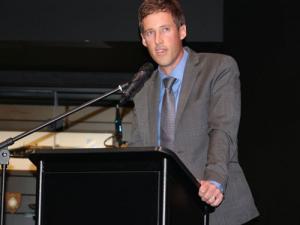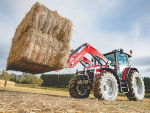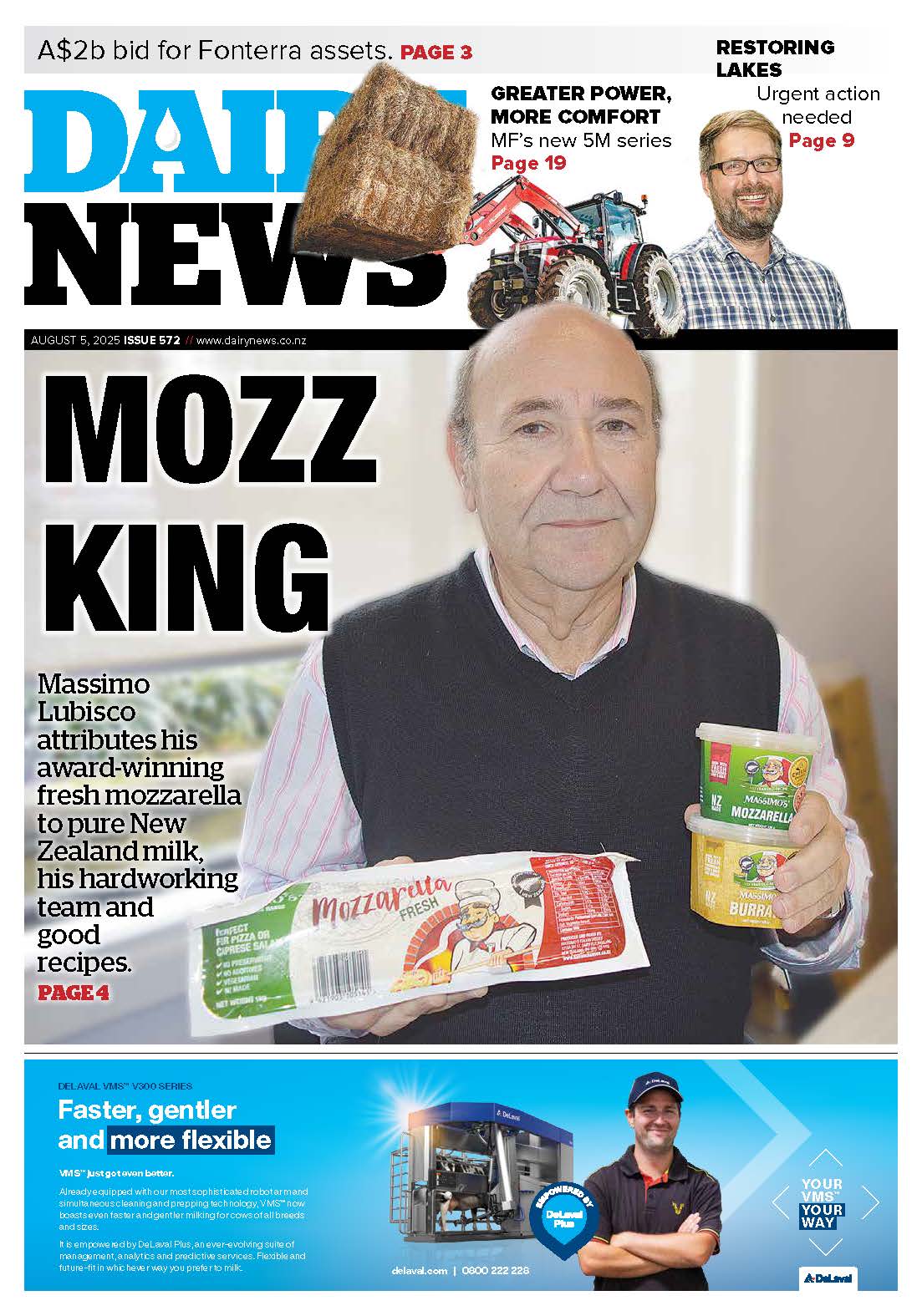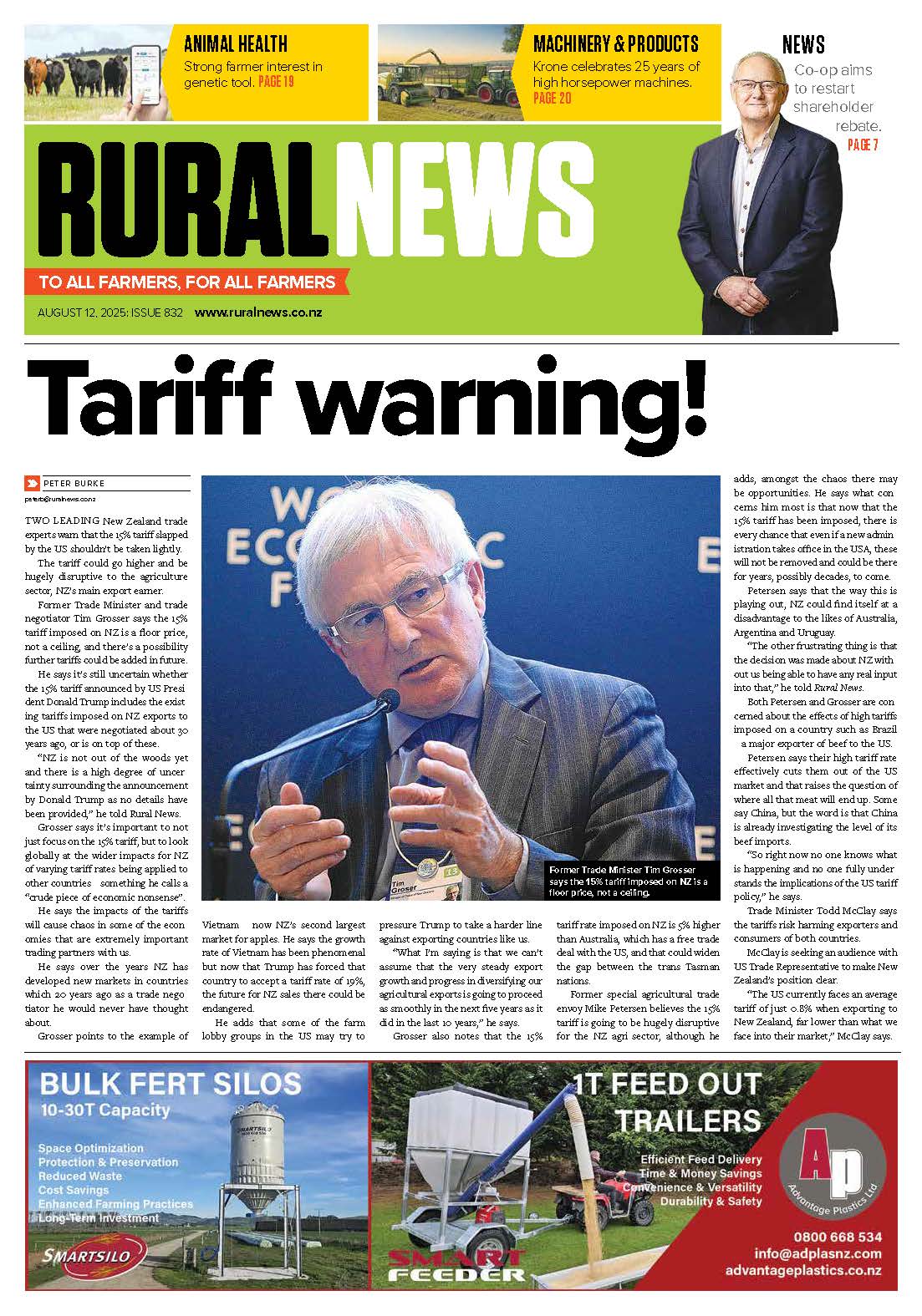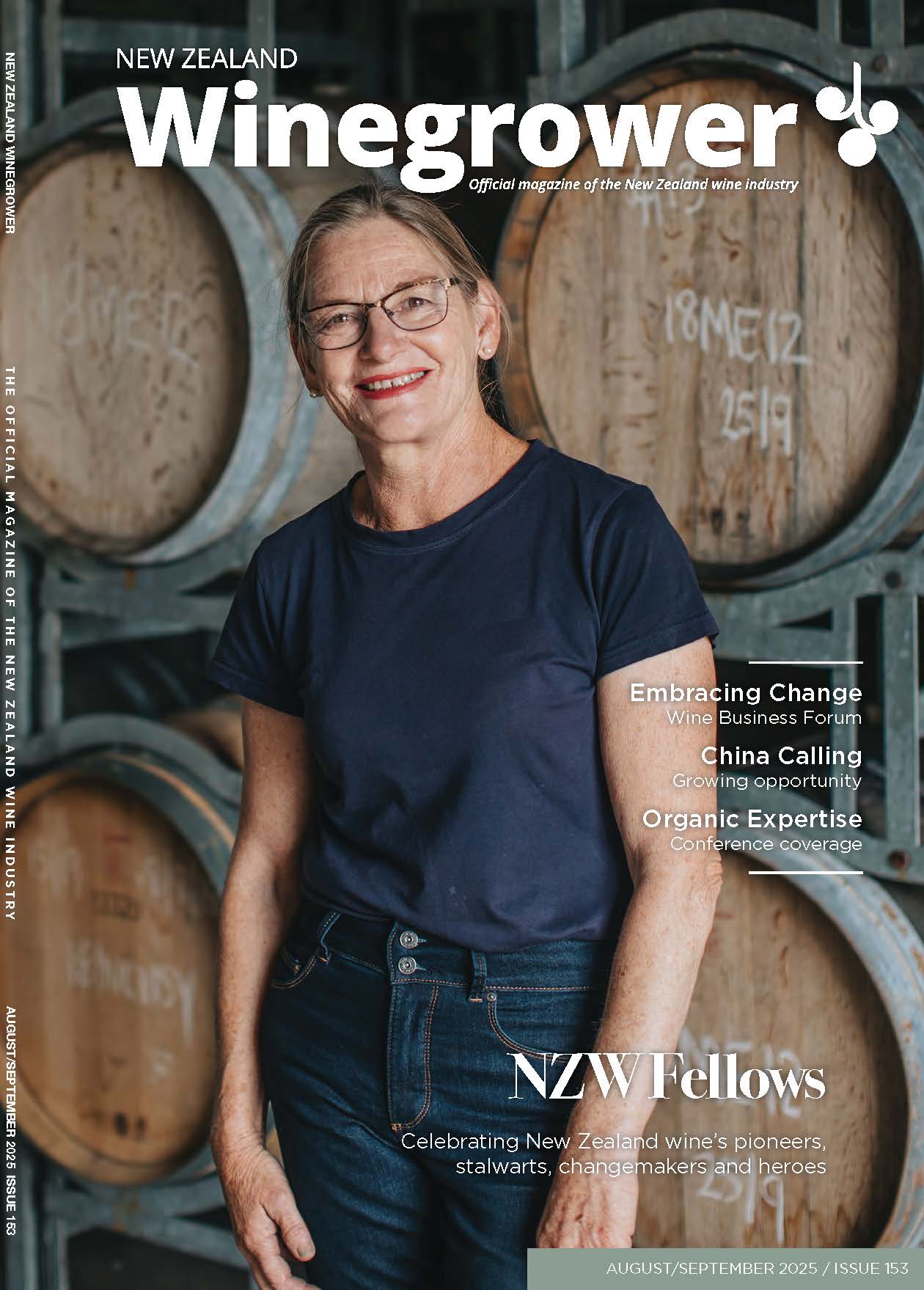Locations is a wine company that has hit the American market running and is being lapped up by consumers. The brain child of Dave Phinney, Locations Wines are blended across appellations, vintage and variety to produce an end product that represents the country of origin.
New Zealander Caine Thomson is the GM of Locations Wine and says the idea is understandably outside the comfort zone of many. Yet despite that, it has captured the imagination of consumers, in a way that most producers could only dream of.
“Dave really wanted to create wines that were more accessible and at a price point that would open them up to a large sector of the market.”
Thompson says those that understand the extremely convoluted old world appellation system, and the varying tiers of wine emanating from them, are only a tiny percentage of wine drinkers. Yet there is an appetite from consumers who want to purchase a wine that speaks of far away, exotic and renowned wine producing places. They want a wine that speaks of the best of France, Spain, Italy or Argentina. They aren’t interested in wines that speak of just one tiny vineyard.
“The Locations wines are opening consumers up to what is the best from each of the countries in the portfolio.”
Phinney who may well be the Elon Musk of the wine world, is not one to be hampered by convention Thomson says. Since 2000 he has established wine labels including; Abstract, Machete, Department 66, The Prisoner and Papillion to name just a few. None are conventional in the sense of the word, given they are mostly wines made from blending varieties. Take The Prisoner, his first label, (since recently sold to Constellation for $285million) which blended Napa Zinfandel, Cab Sav, Syrah, Petite Sirah, Charbono and Grenache. Abstract blends Grenache, Syrah and Petite Sirah from Napa, Sonoma and Mendocino. Mannequin is a blend of Chardonnay, Viognier, Semillon, Muscat and Marsanne.
With the Locations label, Phinney wanted to break down the old-world system of sticking to just one appellation. He wanted to blend varieties from varying vintages, as well as location and variety – which as Thompson says is exactly what Champagne is all about.
“Think about a bottle of NV Champagne. It is really a blend of various vintages across sub appellations of Champagne and we all celebrate it. We respect it and pay highly for it. So why shouldn’t we be able to do that with other appellations and across country.”
That is exactly what Phinney wanted to do when he purchased a vineyard in the Maury appellation of France, bordering Spain. With extremely old Grenache, Syrah and Carginan vines, it was a site that lent itself to single vineyard wine. But during his travels around France he began to wonder what a wine that combined the Grenache from Maury with Syrah from the Rhone would be like. It could never be, he realised, given the restrictions.
But in 2010, when waiting at the airport for his flight home, his eye caught the license plate of a passing taxi, with the large F denoting France – the country of registration. That license plate was the birth of Locations wines. It began with a French blend, with the fruit coming from a variety of regions. All were sourced from old vines with low yields – quality is paramount in Phinney’s endeavors. The wine was made and bottled in France and imported into the US. S for Spain followed, as did I for Italy. Now there are 13 wines in the range with NZ for you guessed it, New Zealand, being added in July this year.
NZ is as would be expected, a Sauvignon Blanc, a blend of fruit from Marlborough’s Awatere, Wairau and Waihopai Valleys, along with another parcel of fruit from Hawke’s Bay. It sells along with the other Locations at US$20, a price point above what many New Zealand producers are achieving.
Given the rock-star status of Phinney as a winemaker, Thompson says having a NZ Sauvignon Blanc in the Locations range is a bit of a coup.
“We have to face the fact that many people in the US don’t even know where New Zealand is. They don’t know that we grow grapes, or have a thriving wine industry, let alone that we are renowned for Sauvignon Blanc. They simply have no idea. We all know our story, and quite often I think we forget that others don’t. So Locations’ NZ may actually help tell a story to consumer, that they didn’t know.”
One of the interesting aspects of Phinney’s wines, is not just his attention to quality in the bottle, but quality in every aspect of the end product. From labelling, to bottle weight, and even packaging, he doesn’t skimp. This is something Thompson believes New Zealand producers need to be taking on board.
“I don’t think New Zealanders understand how important the look and feel of a wine bottle is to a consumer,” he says. “Or how important the label is. There is no one New Zealand company that is going out there (US market) with a point of difference or standing out. And you have to stand out in this market. We use the best quality bottle we can, which is often a lot heavier. And Dave’s labels using art works or photos are renowned.”
Take Machete for example. The wine labels feature a woman draped over a car, while holding a large machete. She has clothes on, but not a lot. There are 12 different poses – equating to 12 different labels. Unique as you can see left.
Bottle weight and packaging were interesting aspects I for one wasn’t expecting to be so important – but Thomson says they cannot be under estimated. He strongly believes that when a consumer is choosing between two wines, of the same price and expected quality – they will go for the wine that has the weightier bottle.
“For some reason they equate weight and shape with quality. We have proven that time and time again over recent years. That is why we go for the very best bottle we can and the strongest packaging we can. It adds to the quality of the wine the consumer is buying into.”
Thompson, a former Young Viticulturist of the Year was the guest speaker at this year’s Bragato Wine Awards Dinner. For someone who entered the wine industry because he “loved growing things”, the job as a right-hand man to Phinney is a credit to all he achieved in the New Zealand wine industry before heading to America.





